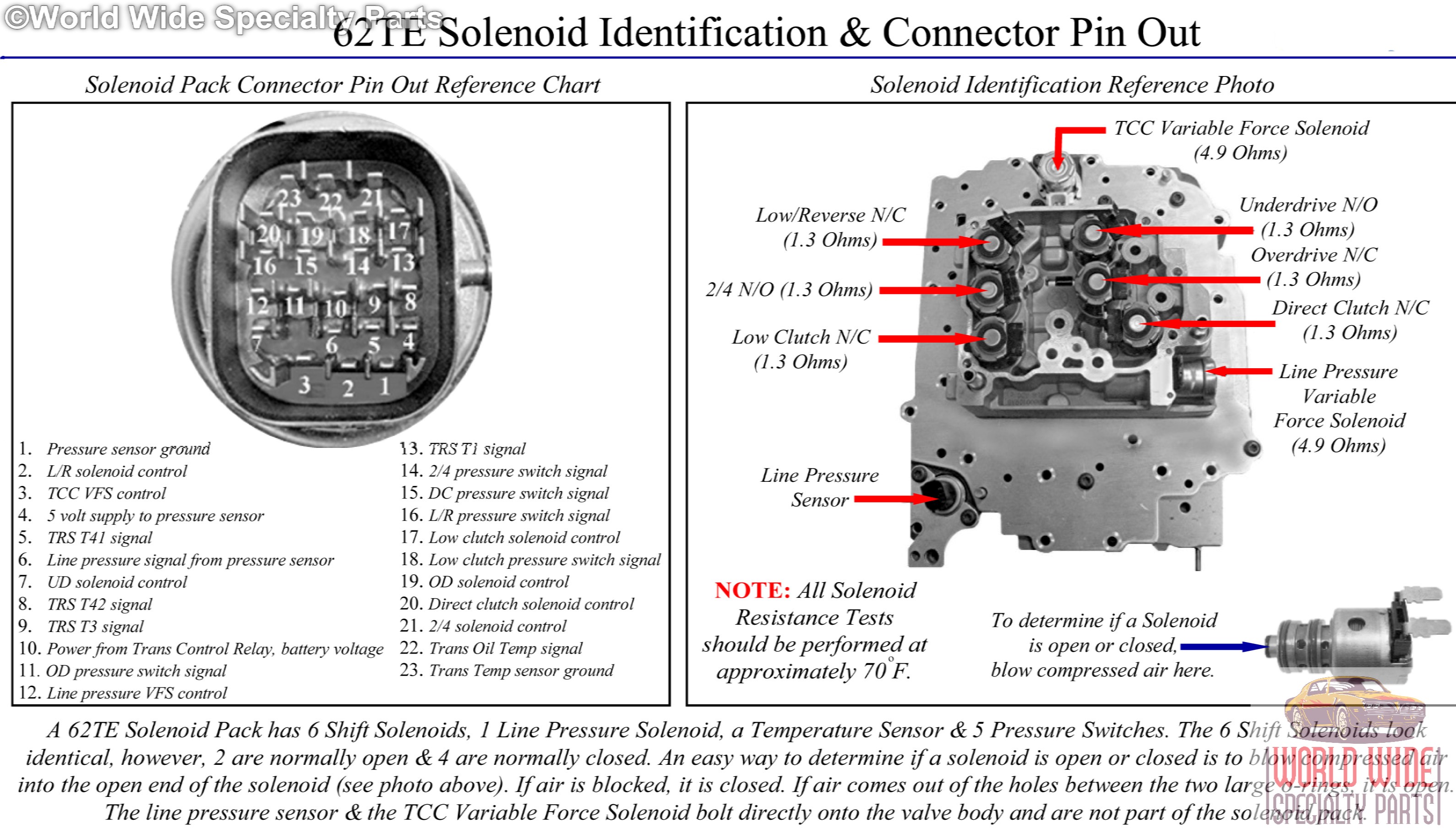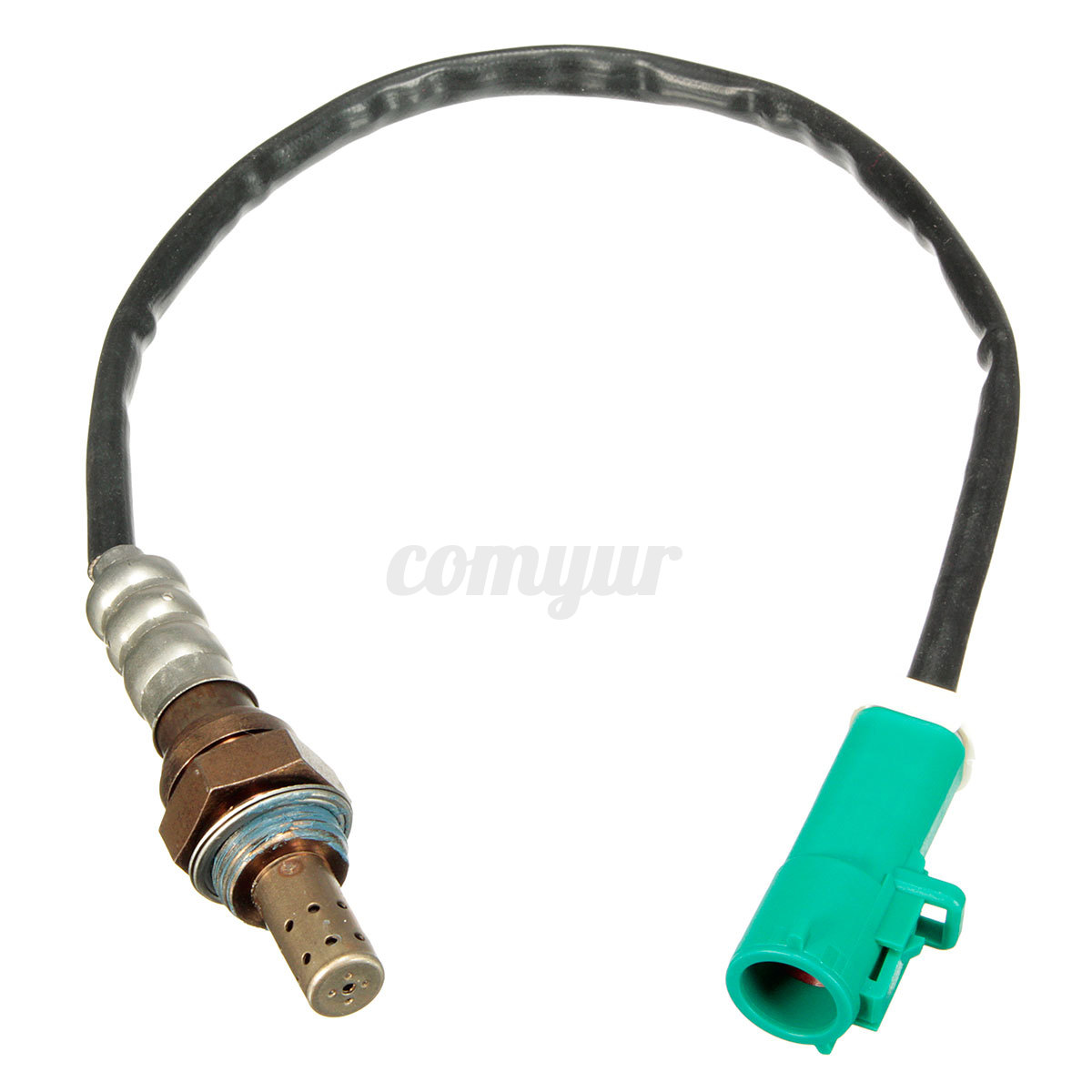



That's why we have first, second and third gears. High power engines need less multiplying effect from their gearboxes for cruising, but they still need to get their host vehicles moving. That is precisely what some of us have in our T4 panel vans and pick-ups - close ratio transaxles, which are great for pulling away around town but they do nothing for relaxed highway cruising and fuel economy - Caravelles have the economy touring gearboxes. Naturally, VW also built their GTI's with sporty close ratio gearing. The economy gearbox lived on as a 5-speed. The idea moved on with the adoption of 4+E gearing across the wider 1980's VW range, including a Formel E version of the Passat - this was the model that famously switched itself off at traffic lights - the idea resurfaced in the 1990's with the Golf Ecomatic.Īs 5-speed gearboxes became common place, VW's 4+E marketing strategy fell away on paper, leaving the nuts and bolts intact. In addition to sporting various spoilers these models also featured a 3+E economy gearbox. These models featured a very high compression version of the 50bhp 1093cc Polo engine. In 1981 VW launched the Formel E versions of the Mk2 Polo, Mk1 Golf and Jetta. An engine's power alone is insufficient, even when motion resistent forces are overcome, to maintain a vehicle's momentum without the multiplying effect of the crown wheel and pinion in the differential of around 4:1 - thus, four times the engine's power reaches the wheels with direct top gear drive. The essence of the gearbox and final drive is torque multiplication. These higher top gears are known as overdrive ratios. Indeed, most VW's in time have had a top gear that goes beyond direct one to one (1:1) drive to the wheels - that is, for every turn of the engine the gearbox turns the final drive once. The idea of the tall top gear is not a new one.


 0 kommentar(er)
0 kommentar(er)
